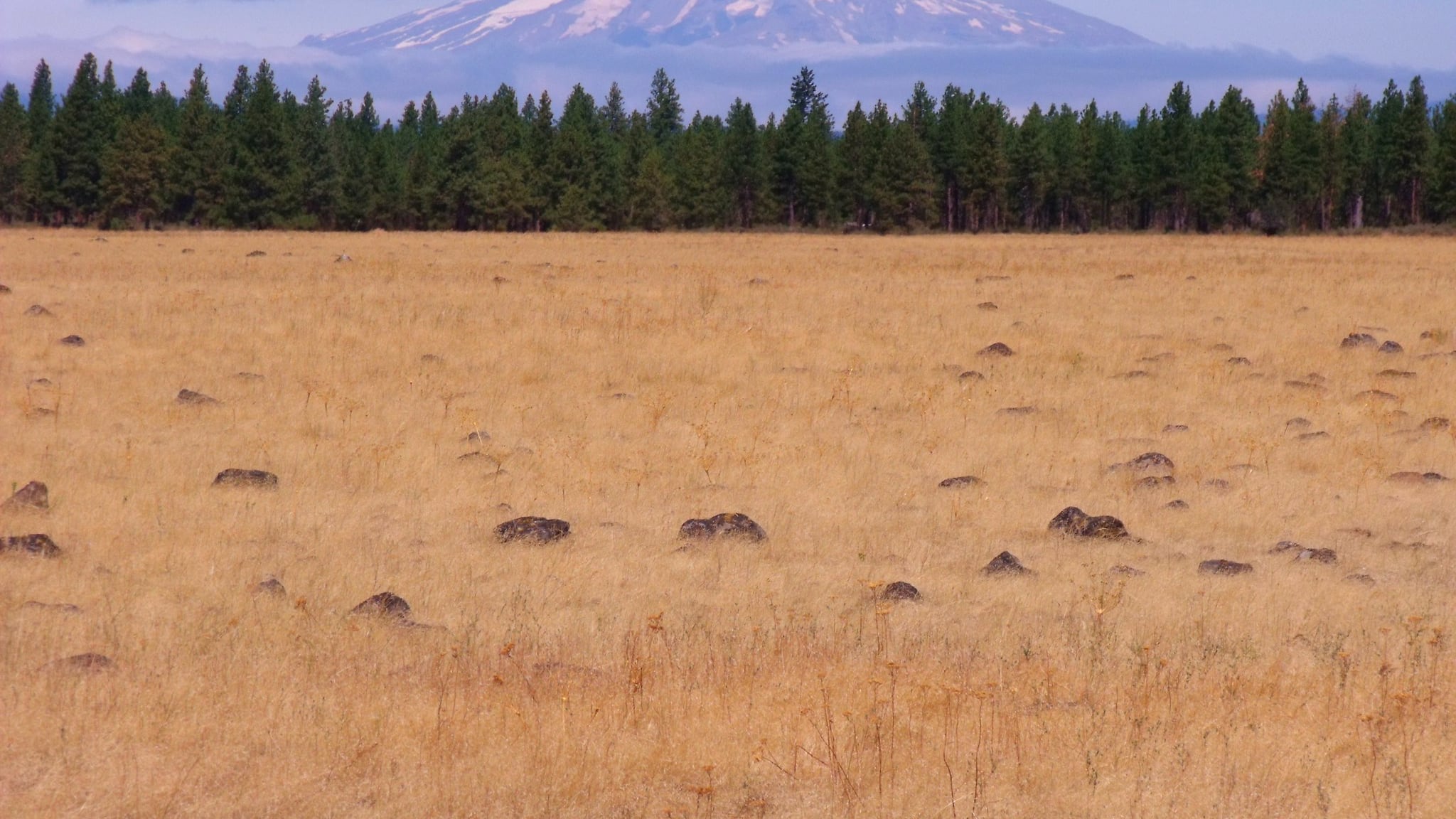At least 19 Indigenous people have been murdered or gone missing in Oregon since the 1980s, a disparate level of violence that has caused federal officials to try to coordinate law enforcement response.
On Friday, Feb. 19, U.S. Attorney for Oregon Billy J. Williams announced the first Missing and Murdered Indigenous Persons report, intended to reduce the number of cases in the future.
The MMIP report provides an overview of Oregon cases to tribal communities, law enforcement and the public. Oregon is listed as having the 13th-highest missing rate in the country with at least eight Indigenous missing persons cases confirmed by MMIP coordinator Cedar Wilkie Gillette, who joined Williams' office last summer.
The annual report lists the Indigenous victims by name and their tribe as well as a photo if available. The most recent case, from Dec. 3, 2020, is of a woman named Sennia Pacheco, of the Confederated Tribes of Umatilla, who went missing in Pendleton.
Compiling this data into one report and combining resources in an attempt to connect the currently fragmented data is part of what makes this report significant, said Kevin Sonoff, a spokesman for the U.S. Attorney's Office.
"Personally what's most alarming to me is just the number of people who are missing or murdered that we just don't have much info on at all," Sonoff tells WW. "It's really challenging. It's a difficult place to start from because in this case, there's just so little to go off of. It's a daunting challenge, and this isn't a challenge of the past—it's a challenge of the present."
The different data sources gathered into this report include the Oregon State Police Report on Missing and Murdered Native American Women, the National Missing and Unidentified Persons Systems, the U.S. Attorney's Office and the National Crime Information Center.
Since the inception of the district's MMIP program in June 2020, the District of Oregon's MMIP team has verified eight murdered and 11 missing Indigenous people connected to Oregon.
"That's the tragic part about this—our report is summarizing historical cases, but this is ongoing," Sonoff says. "We have to be looking back and look forward to try to hopefully solve some of these missing persons cases but also do what we can to prevent more in the future."
This year, the U.S. Attorney's Office will consult with the state's nine tribal governments to try to increase coordination between jurisdictions.
"One of our biggest challenges to making progress in this area is the lack of data and conflicting data," Sonoff says. "I think that's part of the goal of DOJ's initiative is to help to streamline that in the focus districts."

